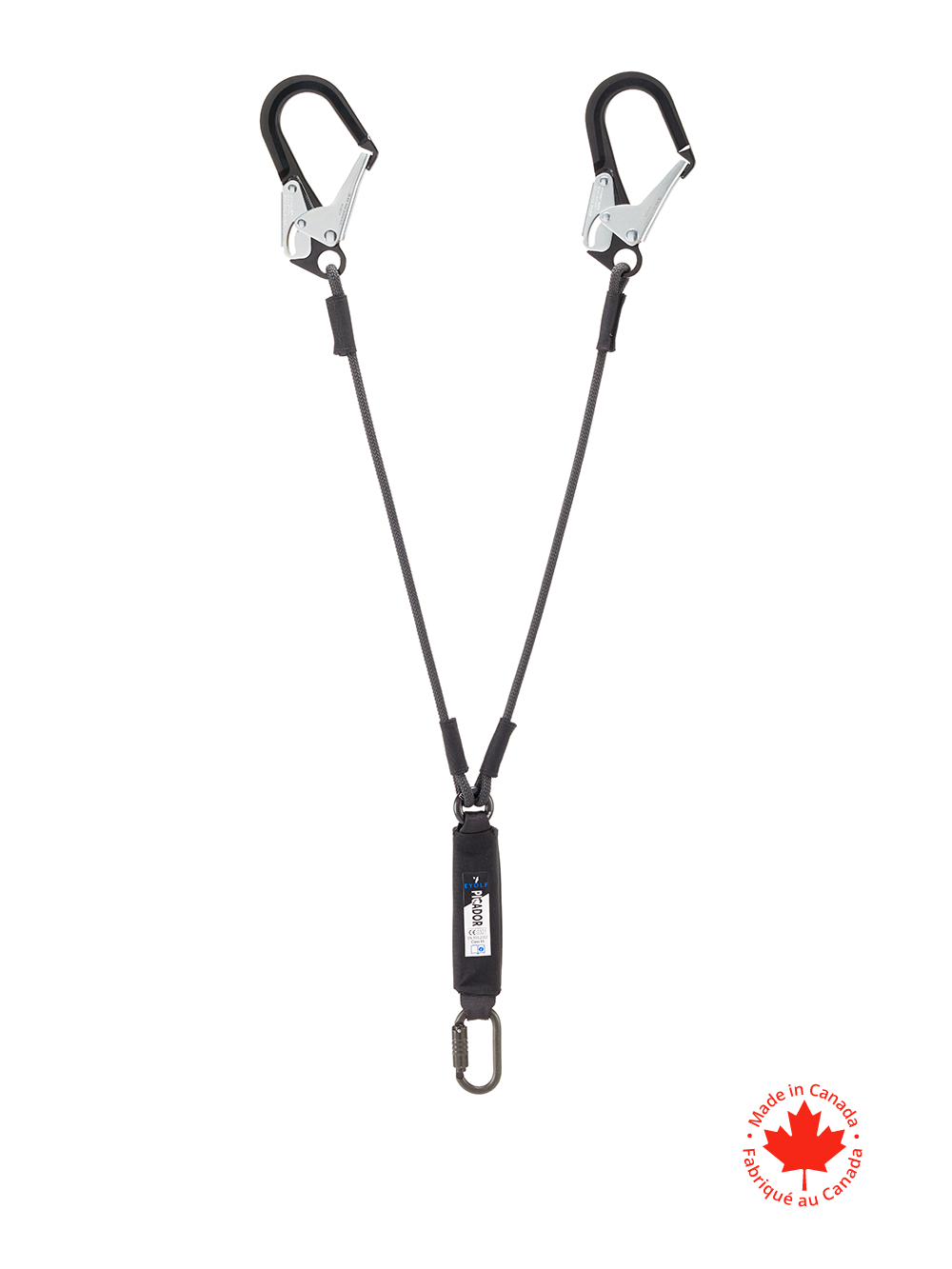Picador Energy Absorbing Lanyard
Available in the following options:</strong><br />B20 I – Class E6 – Single leg energy absorber
B20 Y – Class E6 – Double leg energy absorber
Maximum Arrest Force: 6 kN – 1350 lbf
Length: 1.2m – 4ft and 1.8m – 6ft
Weight class: 60kg to 170kg.
Elongation Energy Absorber: 1.8m – 6ft
Optional Connectors: C792 Tower hook
Standards Compliance: CE certified to EN 355: 2002 | | CSA Z259. 11-05
Material: Polyester webbing & Nylon kernmantle rope
** Made to order**
Description
The Picador Energy Absorbing Rope Lanyard features a patented tear tape construction, making deployment simple and consistent.
The tear tape does not come sealed with plastic wrap, making inspection easier while allowing the tape to breathe. Inspection is more difficult when you have a clear wrap around it, and it becomes especially an issue when it becomes wet, allowing mildew to grow underneath the wrap. No wrap, no problem.
On the Picador Energy Absorbing Lanyard both legs are end-terminated onto the energy absorber using an O-ring. This minimizes the risk of rubbing. Yep, we thought of that too.
We can create lanyards that meet your needs with custom lengths and a wide choice of connectors/hooks or none.
Note: Rope lanyards provide better abrasion resistance than webbing lanyards.
Great for use in scissor lifts, general fall arrest and tower climbing. This is the lanyard you’ll brag about to your co-workers.
Inspection Points for your Lanyard
Make sure you regularly inspect your lanyard visually and tactually. Look for:
Cuts – Are not allowed under any circumstances.
Abrasions – If a rope is extensively abraded, do not use it. It might indicate extensive use or it might indicate you have a problem. The latter should be investigated and dealt with using appropriate protection.
Product – Such as paint, cement, oil, dirt, etc. These types of contaminations can affect the strength of the lanyard.
Do not use the lanyard anymore.
Discoloration – Due to UV exposure or chemicals. Please stop using the lanyard; it is compromised.
Dents – Typically due to being crushed by a car or heavy load. Do not use the lanyard anymore.
Lumps – Also known as hernias, happen when a rope is crushed or resting on a sharp bend. In most cases, the mantle is damaged, and the rope’s kern is visible.
Excessive stiffness – Due to falls or contamination; in either case, do not use the rope anymore.
Glazing – Due to a fall over an edge. It would be best to find out what happened before using the lanyard.
Crispiness – Due to chemical contamination. Stop using the lanyard.
Additional information
| Hook | No Hooks, Tower Hooks |
|---|---|
| Variant | I, Y |
| Length (cm) | 120, 180 |
You may also like...
Related products
-
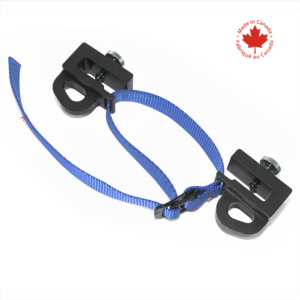
URU Beam Clamp
Add to quoteCAD $199.95≈USD $146.13 -

Go Basic Rescue Kit
Add to quoteCAD $999.95≈USD $730.80 -
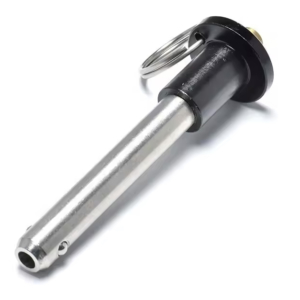
Pythagoras Quick Release Pin for Foot
Add to quoteCAD $21.95≈USD $16.04 -
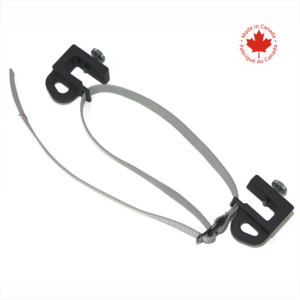
URU Beam Clamp XL
Add to quoteCAD $215.95≈USD $157.82 -
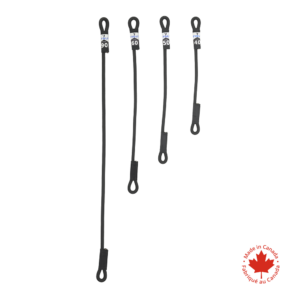
Fossil Lanyard
Add to quote This product has multiple variants. The options may be chosen on the product pageCAD $38.95 – $43.95Price range: $38.95 through $43.95≈USD $28.47 – $32.12 -
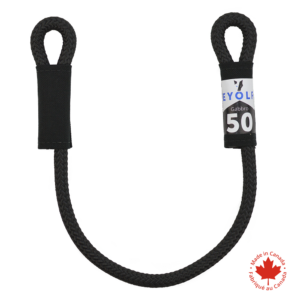
Gabbro Static Lanyard
Add to quote This product has multiple variants. The options may be chosen on the product pageCAD $39.95 – $43.95Price range: $39.95 through $43.95≈USD $29.20 – $32.12

